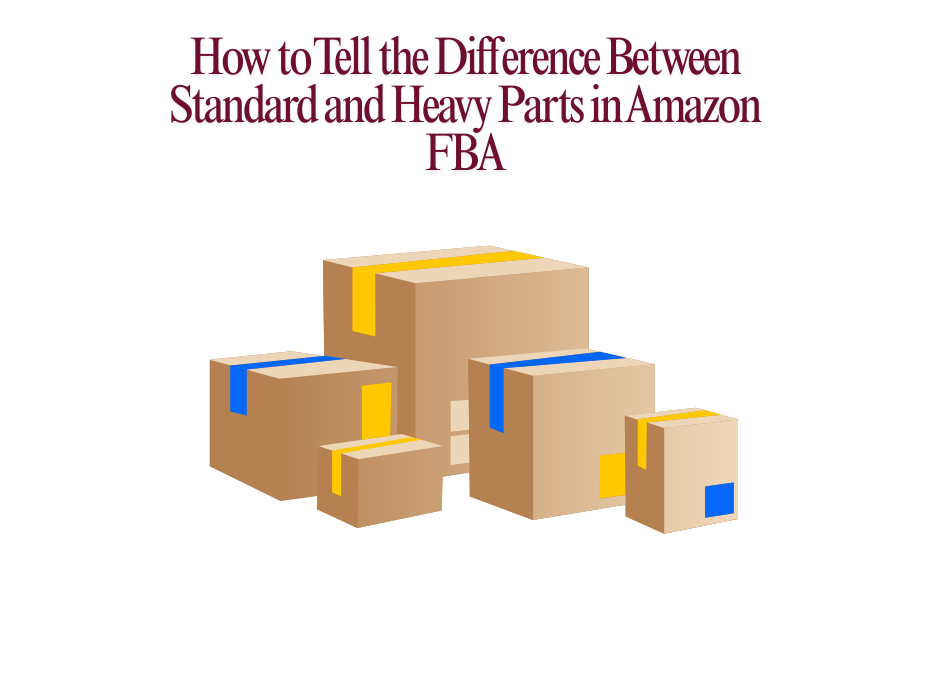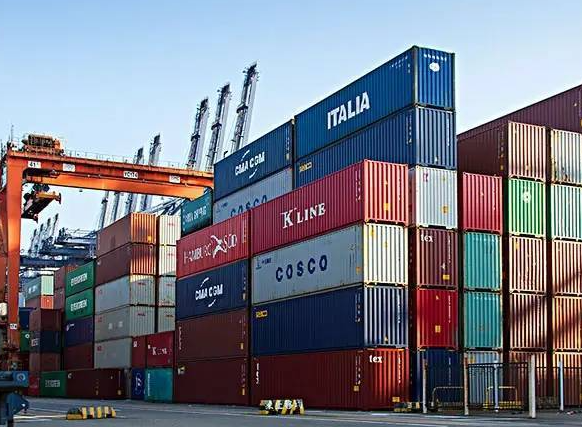FBA LCL Quote
FBA 40HQ FCL Quote
Are Overseas Warehouses Important?
"Many cross-border e-commerce sellers feel that they cannot use overseas warehouses and give up using overseas warehouses. However, in cross-border e-commerce logistics, overseas warehouses are still necessary. Knowing the importance of overseas warehouses, sellers We will definitely choose overseas warehouses.
Next, the editor will explain whether overseas warehouses are important and how to use overseas warehouses reasonably.
Is Overseas Warehouse Important?
1. Overseas warehouses can reduce logistics costs:
cross-border e-commerce exports goods to overseas warehouses in the form of general trade, and completes the first-leg transportation in the form of batch shipments. It will be more cost-effective to use international express delivery in scattered forms.
2. Overseas warehouses can return and exchange goods, which improves the shopping experience of overseas buyers:
Buyers attach great importance to after-sales service. If you use overseas warehouses, it will be much more convenient for customers to return or exchange goods to overseas warehouses. Overseas warehouses can provide buyers with return and exchange services, improve buyers' shopping experience, and increase buyers' repeat purchase rate. For returned products, some overseas warehouses also provide relabeling services. Auto shipping overseas warehouses provide services such as relabeling, FBA product testing, and duty payment to make your products worry-free after sale.
3. Overseas warehouses can effectively avoid cross-border logistics peaks:
During holidays, sellers will focus on shipping a large number of goods after the holidays, which will inevitably seriously affect the speed of logistics operation and thus affect the buyer's receiving time. When using overseas warehouses, sellers must prepare goods in advance and send them to overseas warehouses in batches. When placing orders, they only need to issue instructions for delivery. There is no need to worry about slow logistics during peak periods.
So regarding how to use overseas warehouses reasonably, there are different answers for large, medium and small sellers.
How Different Sellers Should Reasonably use Overseas Warehouses.
1. For small-scale sellers:
For small sellers, the function of overseas warehouses should focus more on returns and exchanges. We all know that Amazon’s return and exchange rate has always been high. As a small seller, we should reasonably use overseas warehouses for secondary processing of returns and exchanges. When a return or exchange occurs and resale is not possible, Amazon will generally let you choose to discard or send it to a certain address. Due to Amazon's strict rules, many products will be directly listed as non-resaleable products by Amazon after being returned or exchanged by customers.
At this time, if we have our auto overseas warehouse, we can send these goods to our overseas warehouse. Our overseas warehouse service personnel can repackage and label the goods for secondary sales, and send them back to the Amazon warehouse, so that You can recover the losses to the greatest extent.
2. For medium-sized sellers:
For medium-sized sellers, returns and exchanges are a basic need and a must-have condition. In addition, medium-sized sellers have more urgent needs for overseas warehouses.
① Medium sellers may have more than one account. In order to save shipping costs, they may send the goods to overseas warehouses for storage at once. Otherwise, sending them all together to FBA will cause correlation.
② Not all accounts will have the same performance, so it is necessary to place them in overseas warehouses for allocation. Therefore, medium-sized sellers need a stable and reliable overseas warehouse to help them allocate and plan resources.
3. For large-scale sellers:
For large-scale sellers, they may have chosen to build their own overseas warehouses because they have a huge demand for overseas warehouses. In addition to the same needs as small and medium-sized sellers, they may also need to identify, repair and upgrade damaged goods. Upgrading, etc. At this time, the overseas warehouse is equivalent to a support center for this seller abroad.
According to the importance of overseas warehouses compiled by the editor and how different sellers can reasonably use overseas warehouses, no matter how large a cross-border seller is, there is actually a demand for overseas warehouses. Different sellers have different levels of demand for products. Therefore, when the majority of cross-border e-commerce sellers lay out their Amazon seller stores, it is best to take overseas warehouses into consideration.



